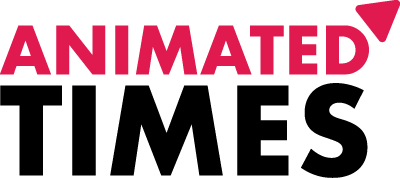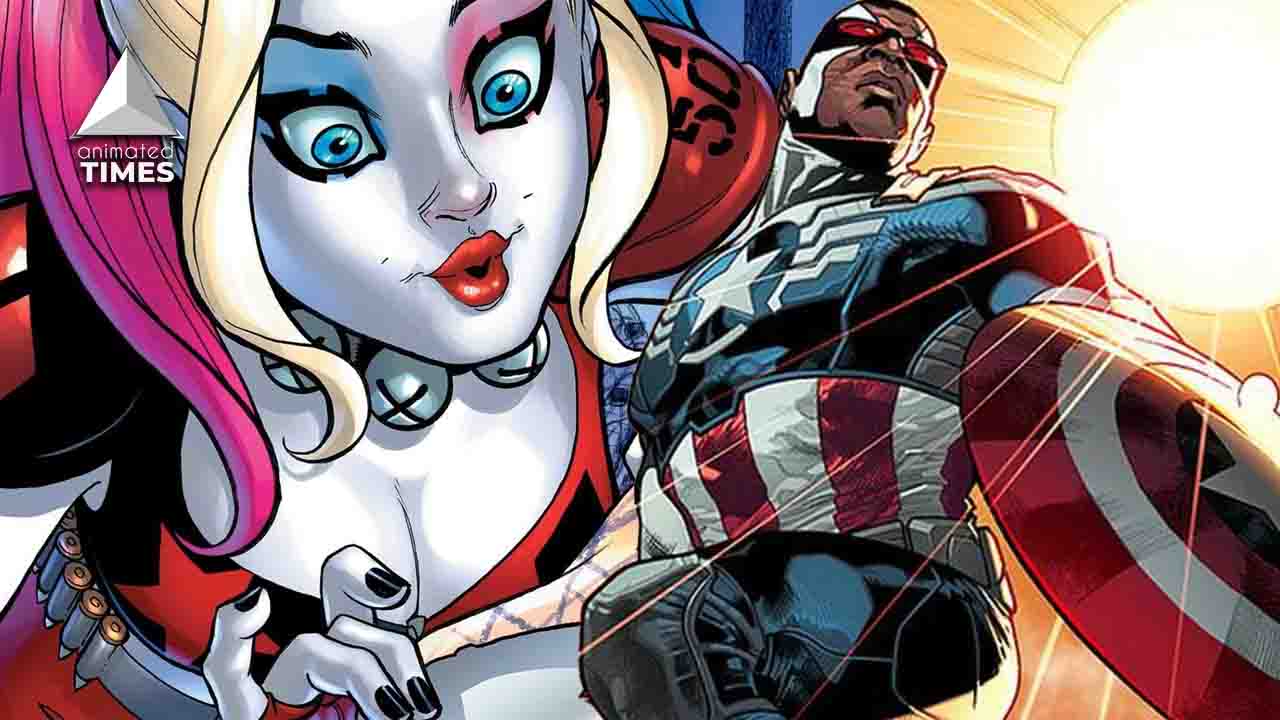Most Offensive Superheroes In Comic Book History, Ranked
Sexism, racism, body shaming, and other formats of prejudices have always been a part of the comic world. With that being said, the origin stories of the superheroes often involve a period where the main character, who is completely normal and has no superpowers, gets some sort of chance or event that changes their lives completely. As a result, they turn into super-powered being. Usually, they gain powers either by a deformity or transformation that gives them extraordinary abilities and skills and helps them stand out from the crowd (X-Men does this very well!).
However, some comic book characters have been created and written in a fashion that’s prejudicial to certain aspects of our society. Their origin stories reflect stereotypes that were commonly held at the time, usually unintentionally. They get crafted in a negative light about gender, race, mental illness, and age as well. These characters may later be revisited with a positive spin on their stories, but not always. With that being said, these are the most offensive superheroes in the comic book history, ranked in ascending order –
Falcon

In the 1960s, a new ally was discovered when Red Skull was switching bodies with Sam Wilson, who’s also known as The Falcon. He fights alongside Captain America to try and defeat Red Skull and his Isle of Exiles allies. The back story was issued in #117 where Sam finds himself in a situation where he had to fraught with racism. As a result of the controversy over their decision to introduce this supporting character into such a disturbingly racist context, Marvel created The Falcon’s Brand, which they aired on their site as a way to make things right (and boy were they tone-deaf).
Tyroc

DC Comic’s first black superhero (Tyroc) was introduced in 1971, but his origins were considered racist by some. One of Tyroc’s peculiar abilities is that he can scream at people and then cause them to be afraid. However, DC Comics explained in the 2006 limited series Legion of Super-Heroes – the Great Darkness Saga that Tyroc actually has a superpower referred to as “Intimidation Aura” which nicely rhymes with Tyroc’s name! Even so, despite any perceived similarity between his character and the devil himself, it is suggested that Tyroc is not “evil” but his name depicts the other way around. With that being said, he is a good-natured guy with high moral standards. Period.
Big Bertha

It is rare for a comic book to offend lean and larger people. However, Marvel managed to do this with the character Big Bertha. This was seen as another type of blow towards healthy body images by oversexualizing and objectifying overweight women without even having the courtesy of giving them any real superpowers other than their self-control over their weight. It seems that fat women are meant only as a source of ridicule and humiliation to viewers who can find it mocking that someone seemingly needs to vomit excessively to change their body size.
Harley Quinn

It’s safe to say that Harley Quinn is one the most popular Batman-related characters out there. She has invaded TV, film, video games and even became an unlikely juggernaut in the toy industry. With that being said, Harley Quinn first appeared in the 1992 animated series Batman: The Animated Series, before becoming a permanent fixture across all of DC Comics Universes. So how did she go from being a psychiatrist at Arkham Asylum to turning into the Joker’s sidekick/lover? The plot soon revealed that Dr. Harleen Quinzel went from a regular doctor at Arkham Asylum to the Joker’s girlfriend and accompanied him so that she could understand him better. This soon turned into an obsession and that’s how the relationship became a destructiveness of mental violence and abuse.





